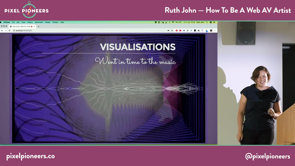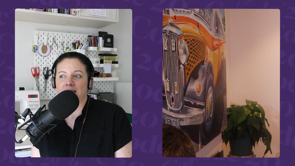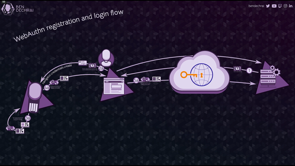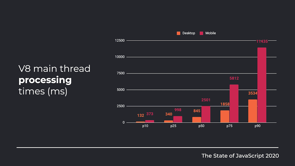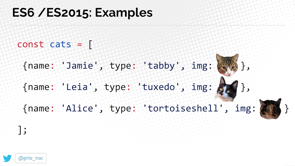Escape the box with Houdini
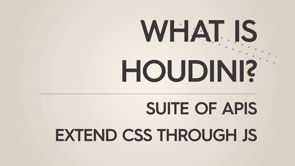
- In early March this year, when the impact of COVID-19 really dawned on us and we realised we'd not be meeting in person for some time to come, like so many other conferences, we immediately started investigating how we could move what we did online.
We already decided we weren't simply going to go into survival mode.
Online was going to be a significant, if not the sole way we delivered these events for some time to come.
So while it was a very stressful time, it was also quite exciting to imagine from scratch, what our conferences might look like online. Our first step was to look at the existing platforms for hosting online events and we looked at plenty of them but none we felt really would help us deliver the kind of event we had in mind.
So that meant we were going to have to build our own solution.
We had a couple of advantages over most event organisations, we've been developing for the web for many years and we really understood it.
And already, we'd been working on Confab, a platform for conference videos, for quite some time. Now, to be clear, "we" here means just a couple of people, our main developer May and me and we won't mention how I fell and broke a rib, pro tip, don't break a rib and go to ER during a global pandemic and the impact that had on our already constrained time and resources. So we needed to focus on developing a great online conference experience and not on all those other things, building, integrating, deploying, that developing for the web means these days. And expecting hundreds or more people simultaneously tuning in, when your solid CDN was vital.
Again something that we didn't want to have to devote our time and effort to.
Now, when you're a little bit about Platform.sh who'd exhibited at this very conference a few years back and their mission is to enable organisations to focus 100% of their time on building amazing experiences and zero time managing infrastructure, which sounded literally like exactly what we needed. And we made it this far, in no small part, thanks to Platform.sh.
I could go on about how they support dozens of the most common languages, frameworks and databases, from PHP to Node.js, to Drupal, WordPress, Gatsby, Rails and many more out of the box, how they take care of upgrading and the security of the languages, databases and frameworks that you use, how they have data centres all over the world, including right here in Australia and how they support AWS, Azure, Google Cloud and other major cloud hosting providers.
But you should simply check them out for yourself and talk to the people from Platform.sh here, to see if what they offer is right for your needs. And lastly, I just wanna extend a huge thanks to Platform.sh for helping us get this far and to be delivering this event to you.
Welcome back, in this bracket, we'll hear about how you can extend the capabilities of CSS with a set of APIs collectively known as Houdini and we'll learn why they're actually called that. Plus we'll learn how all those delightful animations on the web ,maybe presenting an accessibility challenge for some of our users and what we can do to lessen the impact on them. Sometimes don't you wish you could write your own CSS, not the rules, but actually the language.
What if you can add your own features? Well, did you know you can, and our next speaker, Ruth John, who's a creative developer based in Bath, is gonna tell us all about it.
It's called Houdini and it's a way in which you can create your own features of CSS.
It sounds too good to be true? Well let's find out.
Please welcome to hear all about it, Ruth John.
